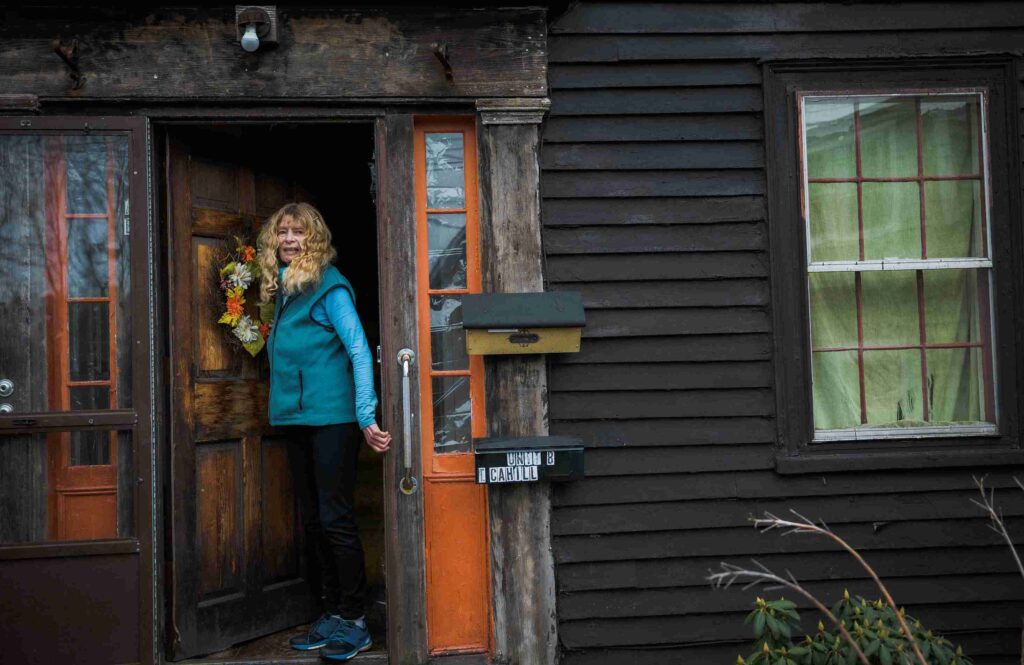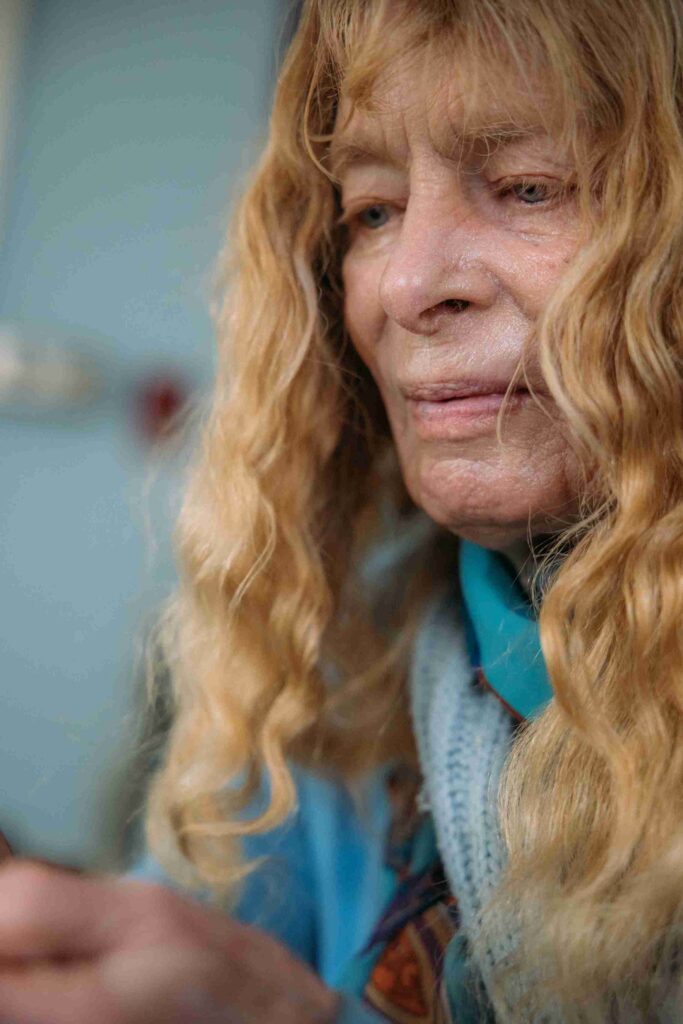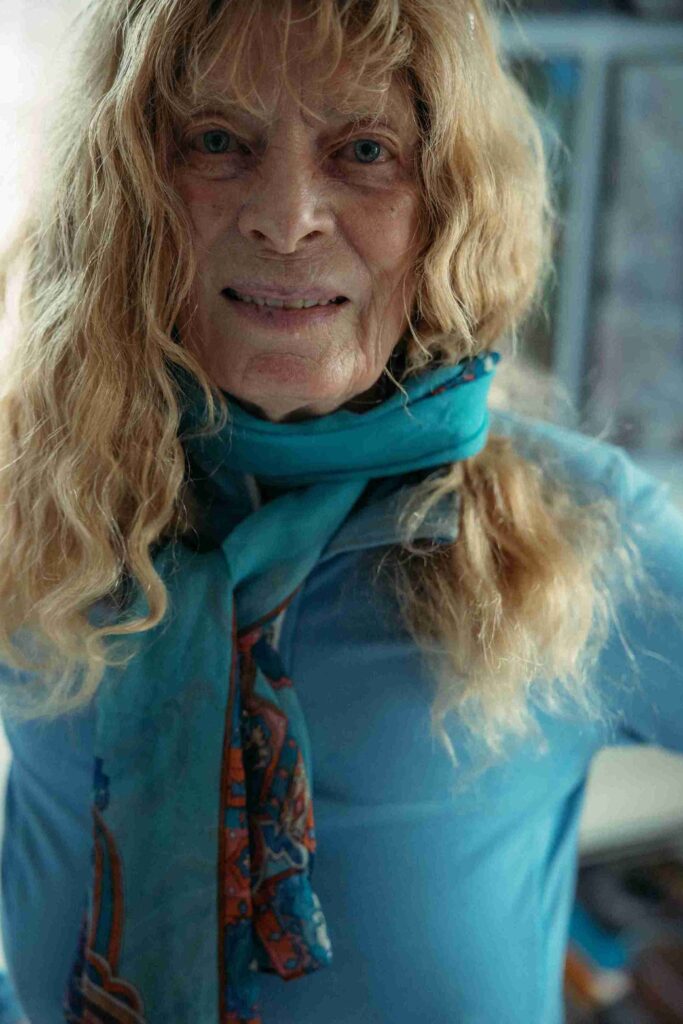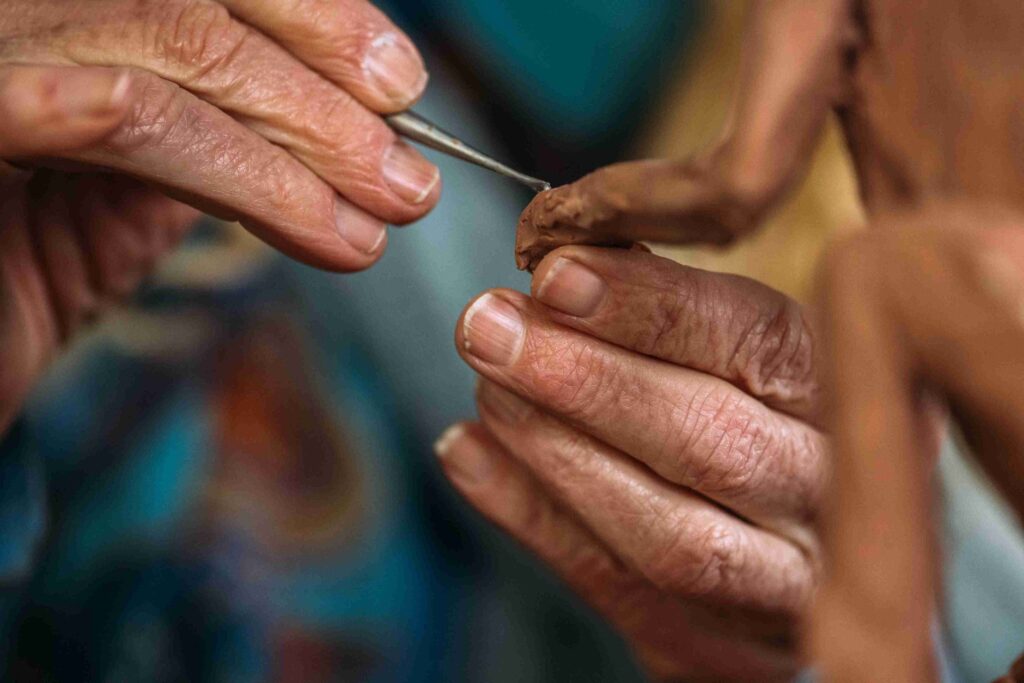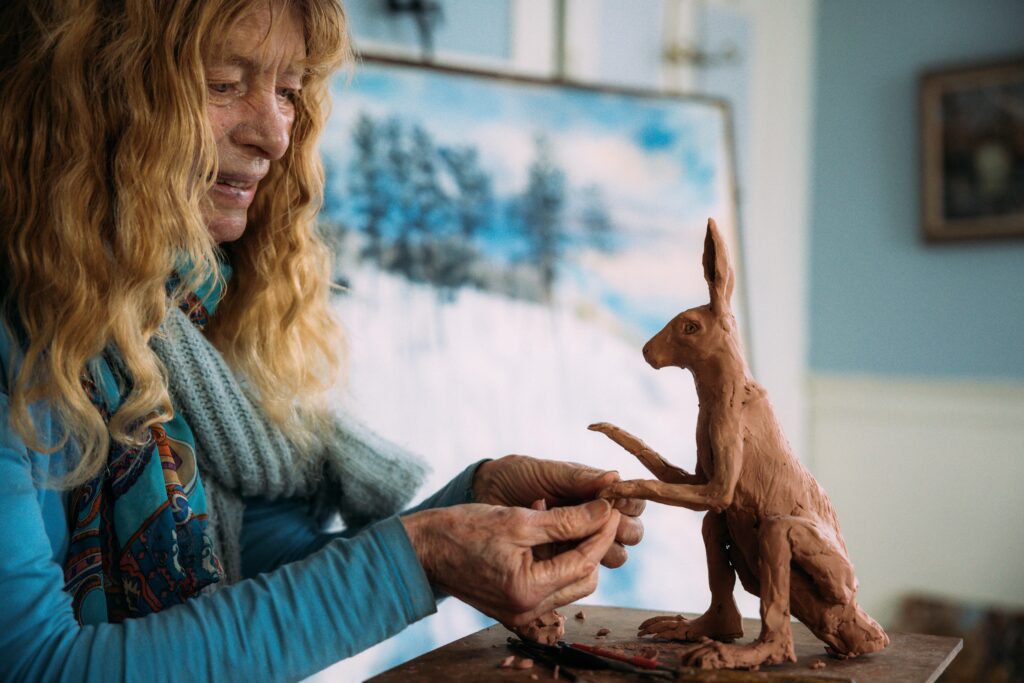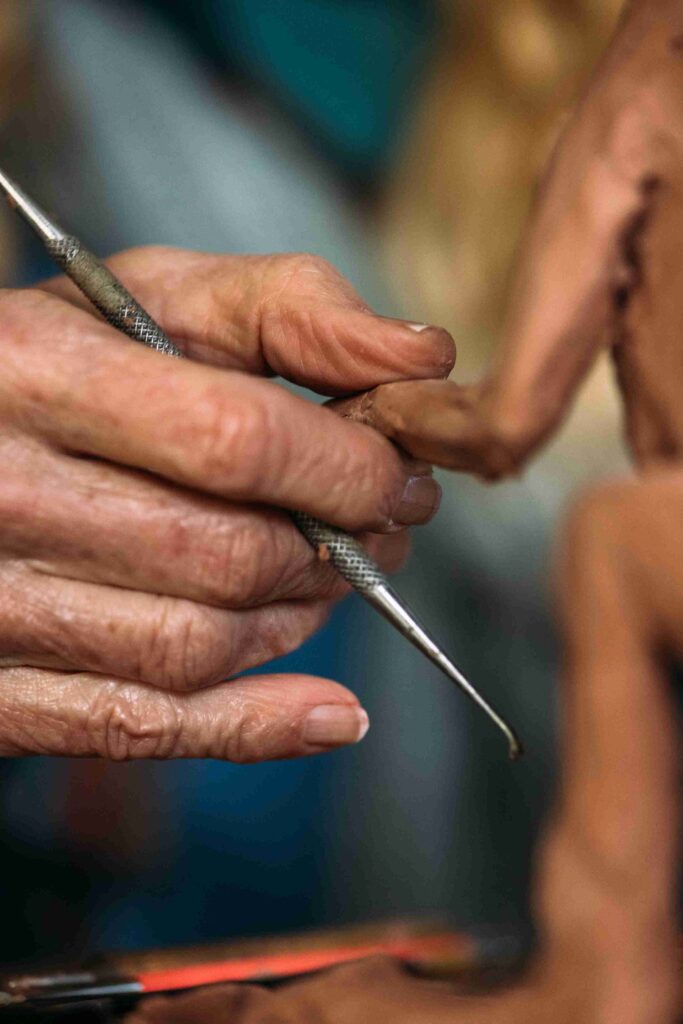Out of the Shadows: Bobbi Gibb and a History of Firsts
Words by Andy Waterman – Photography by Chris Milliman
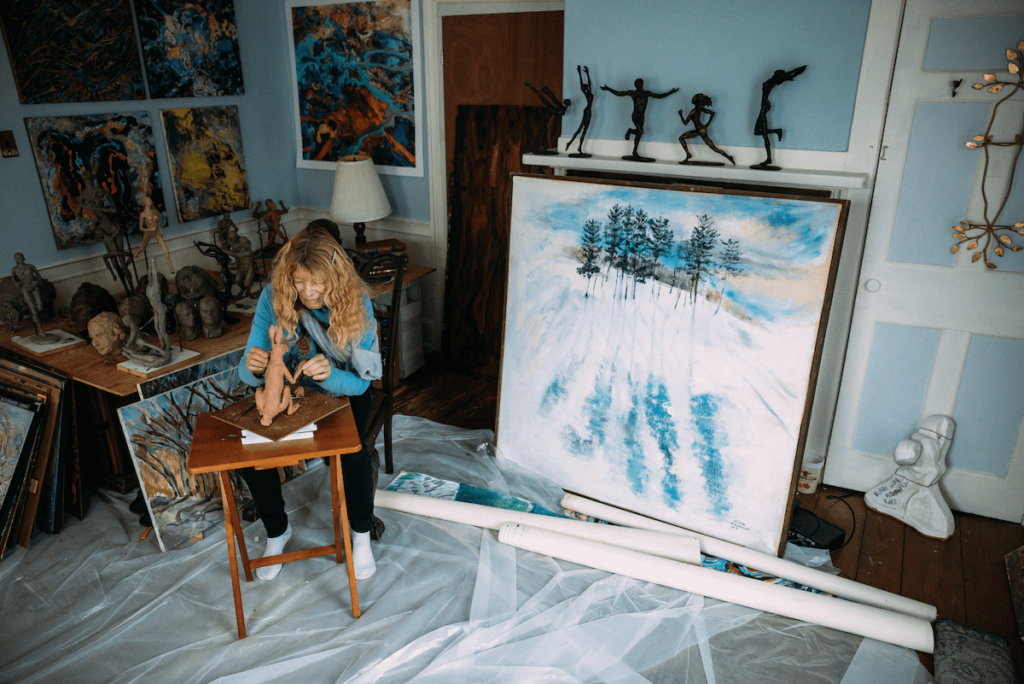
EXCLUSIVE ONLINE INTERVIEW: A Conversation with Bobbi Gibb
A supplement to the print feature: “Out of the Shadows”
Before reading Bobbi Gibb’s full story, explore this extended Q&A in which Bobbi reflects on the deeper meaning of running, the traditions that inspire her, and the spiritual connection she finds through movement.
Are there any running traditions — big or small — that feel sacred to you?
To me, existence itself is a miracle that comes from an incomprehensibly vast love that is beyond our understanding. The entire universe is a sacred miracle. There is a fundamental unity of the physical and the spiritual as one indivisible and natural wholeness of being. Running, to me, brings home this fundamental unity — it embodies both our individual selves and the deeper reality of the universe.
Running brings us closer to the sacred wholeness of being. It offers freedom and an expanded sense of being alive. Ever since childhood, I’ve loved to run — the joy of sprinting down a beach or weaving through a forest or city street. Sharing that joy with others has become one of modern running’s most important traditions.
Helping one another along the way is a special part of the running tradition. The global running community joins us not only across our own country but with others around the world. People of every background, faith, and political leaning come together to celebrate life through running. That sense of connection is sacred to me.
What traditions in running do you hope will never disappear?
The tradition of peaceful participation — of running together across boundaries — forms a network of understanding and friendship that spans the world. It’s a foundation for peace.
When we run together, we not only strengthen our bodies, but we also strengthen our sense of belonging to one another and to the earth. That tradition — of connection, empathy, and collective purpose — gives me hope that we can end war and build a more peaceful, loving world.
Is there a race moment or tradition that still gives you chills every time?
There’s something deeply moving about the reality of people running together — each a unique individual, living a unique life, yet joined by mutual effort. That shared movement inspires me. It reminds me that humanity is capable of so much good, and that through running, we’re lifting human consciousness to a higher level.
Out of the Shadows: Bobbi Gibb and a History of Firsts
April 19, 1966. Patriots’ Day. Roberta “Bobbi” Louise Gibb Bingay steps out of the shadows and onto the course of the Boston Marathon in Hopkinton, Massachusetts. She’s wearing no number and is not an official participant of the race, but that doesn’t stop her running the 26.2 miles into Boston alongside 540 official male participants. In a smidge under three-and-a-half hours, she changes the course of running as a sport forever, blazing a trail toward equality in a race that, by 2021, would boast 49 percent female starters.
“Before my run in 1966, it was generally believed that women were physically unable to run marathon distances. This is the key point. It is not as if there were dozens of well-trained women running marathon distances — women didn’t run! Women themselves didn’t know they could run those distances because they were never allowed to.” — Bobbi Gibb
RENAISSANCE WOMAN
In addition to her athletic accomplishments and her role as a catalyst in the move towards gender equality, Bobbi Gibb is a painter and sculptor, has worked as a researcher at MIT, and practiced law while raising a family. As a sculptor, she created three statues for the 1984 Olympic Marathon Trials (the first year women ran the marathon at the Olympics), which were given out as awards for the podium finishers.
Joan Benoit Samuelson finished first that year, before going on to win the 1984 Olympic Marathon in L.A. Samuelson treasured her prize and told Running Times, “There are only three in the world. It’s irreplaceable.”
“This was what I wanted: to end the war between the sexes; to show that men and women can share all of life’s opportunities and adventure as friends and equals.” — Bobbi Gibb
FORGED IN NEW ENGLAND
Now 80 years old, Bobbi Gibb works from a home studio in Massachusetts, where she spent much of her career practicing law. She continues to paint and sculpt, approaching her work with the same awe and inspiration she always has.
In early 2023, Tracksmith visited her to see how the Eliot sculpture was progressing before the little hare was sent to the foundry to be forged in bronze and made into a trophy that will stand the test of time.
“Running expresses my love of life. It’s a unity of the physical and the spiritual. I feel the life force of the earth flowing through me when I run. I feel a sense of joy. Art comes from my same love of life and nature and seeing the beauty within and outside of us. My love of science — physics and biology in particular — are part of my sense of awe and mystery of the sublime beauty of nature.” — Bobbi Gibb
FIRST TO THE TRACKHOUSE
First to the Trackhouse is a not-so-secret race-within-a-race that many dream of winning, but few ever will. What started in Boston with a race to the runners’ bar, the Eliot Lounge, has been revived and exported to Tracksmith Trackhouses worldwide.
While we’ve formerly crowned our champions with a commemorative robe, over recent years we’ve upped the ante with a trophy cast by Bobbi Gibb. This trophy, adorned with the names of the winners since the tradition’s inception, will live in the Trackhouse year-round to celebrate running’s enduring amateur legacy.
